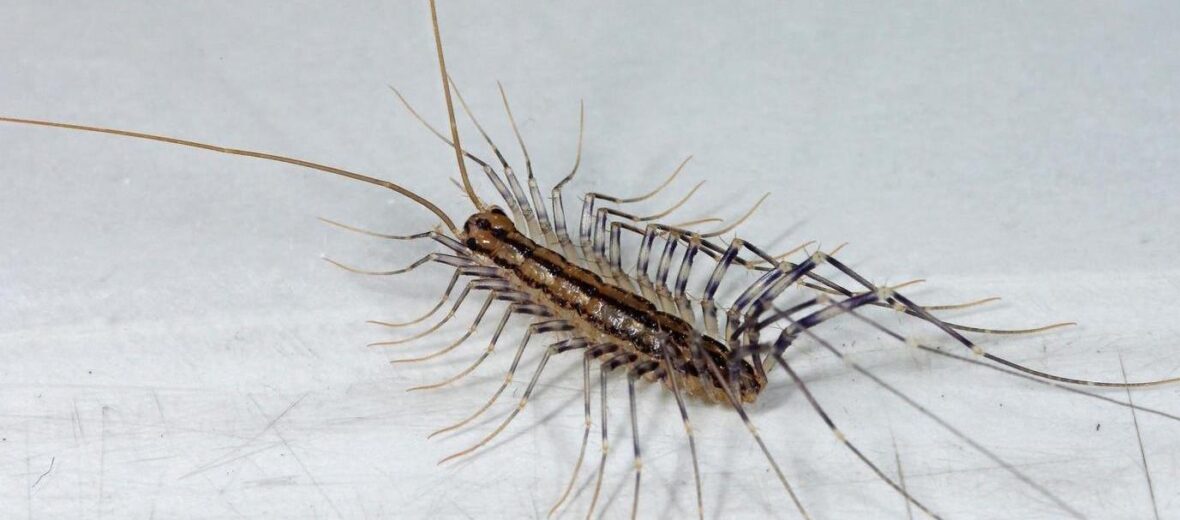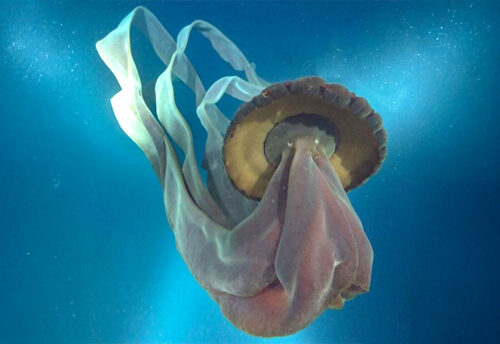
With 15 pairs of long, spindly, fast moving legs, the house centipede is enough to send shivers down the spines of anyone who fears bugs and other general creepy crawlies. These centipedes are not all that bad though and actually help to get rid of other pests in the home. Be aware too, as is the case with all predatory arthropods, if you have them in your home, chances are you did something to invite them. If you have a general pest problem, like cockroaches, crickets, bed bugs, or more, you may very well come across an apex predator like a house centipede.
First the Stats…
Scientific name: Scutigera coleoptrata
Length: Up to 1.5 inches
Lifespan: Up to 6 years
Now on to the Facts!
1.) These centipedes are nocturnal (active at night) hunters.
2.) Their prey of choice can be cockroaches, flies, bed bugs, moths, spiders, and even other younger centipedes.
3.) Centipedes are relatively clean arthropods. Well, as clean as a bug can get anyway. After each meal, they carefully groom their legs by dragging their mouth forcipules down the length of every leg, thus cleaning them. Kind of how a cat cleans itself after each meal.
4.) Even though they have a lot of legs, they do occasionally lose some here and there. However, they can regenerate lost limbs in time; after each molt.
5.) Being especially susceptible to dehydration, house centipedes prefer to live in damp leaf piles, moist wood piles, and in your bathroom! Enjoy your next shower. You’re welcome.
But wait, there’s more on the house centipede!
6.) They are venomous, as all centipedes are. But it’s not likely that they’ll be able to pierce your skin. If they do it feels like a small bee sting and the pain recedes relatively quickly.
7.) In Japan these arthropods are called “geji” or “good bugs” and are kept as pets. These “pets” are used to exterminate other undesirable pests.
Did you know…?
House centipedes are fast and can hustle at speeds of up to 16 inches per second. Not only are they fast, but they tend to run kind of standing up, on their hind legs.
8.) Females lay eggs in spring and can lay up to 140.
9.) They can and sometimes do bite, if handled incorrectly.
10.) The effects of a bite include: mild pain, swelling, itchiness, burning, numbness, tingling, hardening of the skin, throbbing, and red streaks. These symptoms can last for hours or even days. But will subside with time.
Now a Short House Centipede Video!
Also, check out the Critter Science YouTube channel. Videos added frequently!
Want to suggest a critter for me to write about? Let me know here.



